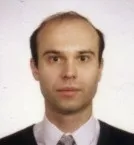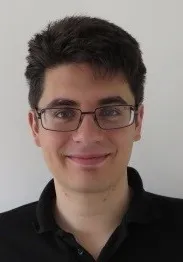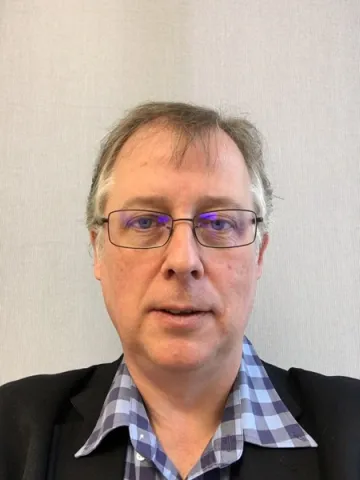About the project
This project will consider a complex set of plasma chemical reactions and physical processes taking place in wet, low pressure air discharges and the noise as well as an erosion associated with corona discharges in electric power equipment.
This is a research project within the Doctoral Centre for Advanced Electrical Power Engineering.
The corona discharge noise studies will be focused on fundamentals of corona discharges and on coupling of a gaseous plasma with solid conductors for acoustic analysis.
Existing theoretical models of overhead transmission line noise consider electric coronas in Peek’s approximation, accounting for the air humidity and the attitude. The discrepancies between experiments and the theory have been shown in recent publications. It indicates that the quantitative description of the complex noise phenomena is not possible under such simplifications.
To be able to predict corona noise quantitatively, taking into account the conductor shape/geometry coupled with physics of corona discharges, more detailed corona model will be developed. Such model will be based on plasma chemical reactions taking place in the real air discharges.
The proposed project targets a development of an air corona model capturing plasma chemistry of wet air (30-50 plasma reactions for ionisation, excitation, dissociation, and attachment), energy exchange in electron collisions with ions and neutrals in the corona ionisation zone, space charge related volumetric forces in the corona drift zone.
Once this core corona discharge model is developed and verified, its predictions can provide heat and momentum transfer terms for heavy particles with associated sources in acoustic wave equation in air bounded to vibrating conductors.
The plasma-acoustic model will be verified by several controlled experiments to identify key features of wet coronas and main sources of corona noise. These tests will also answer the fundamental questions about the discharges in humid air.


